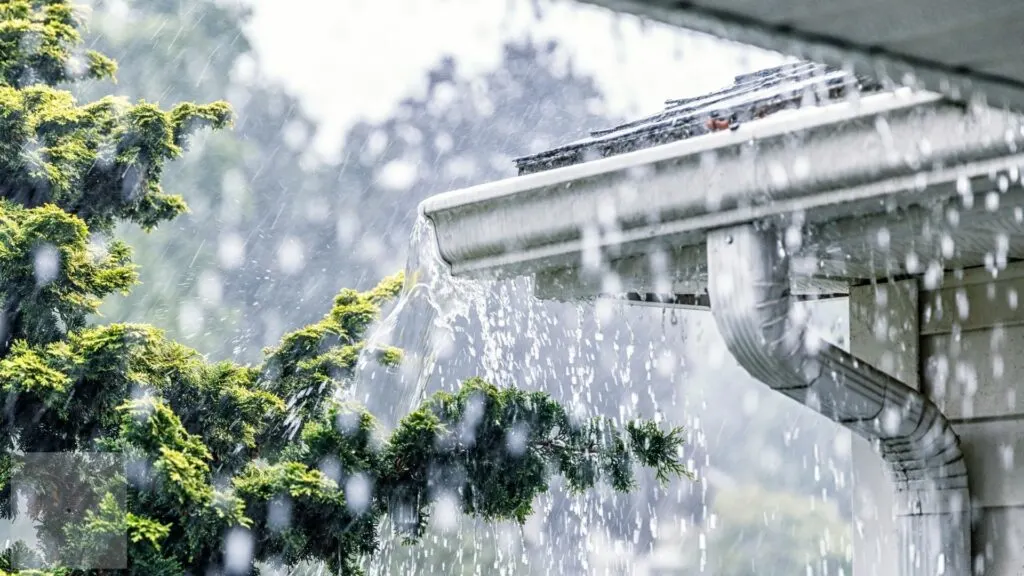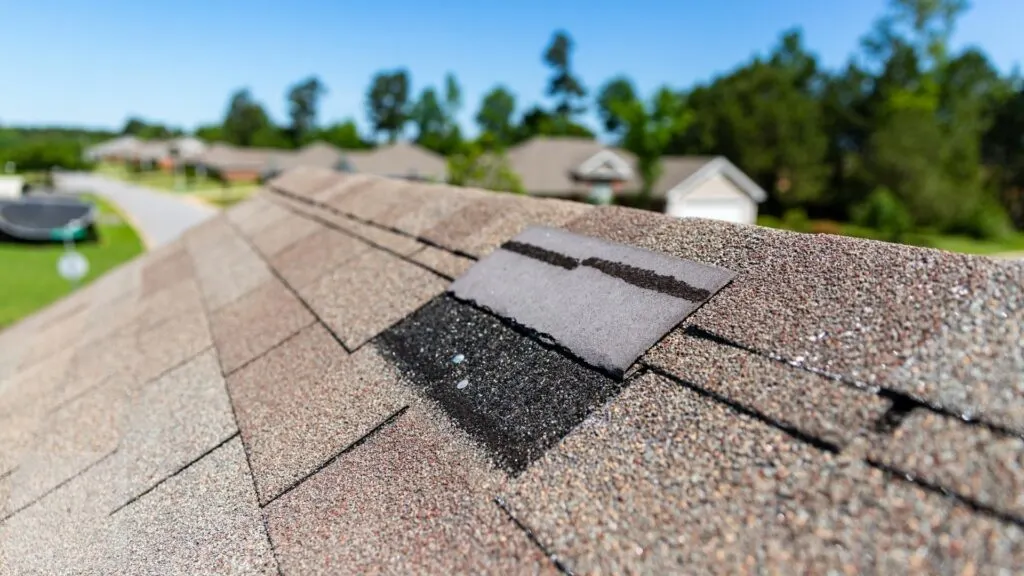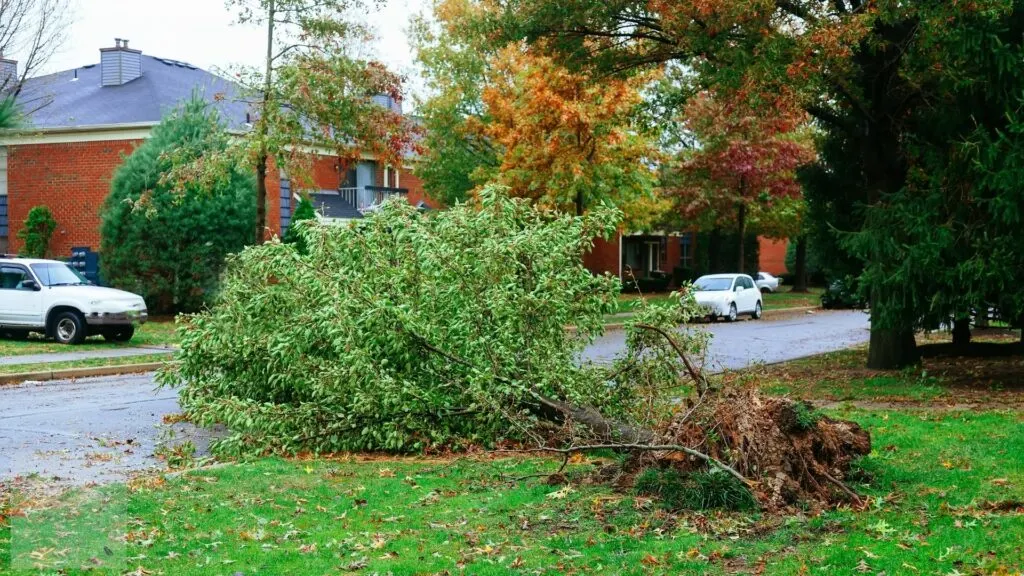Severe weather events, such as hurricanes, tornadoes, and heavy storms, can cause significant damage to homes and properties.
Preparing your home in advance can help minimize the risk of damage and ensure the safety of your family. In this article, we will explore various ways to prepare your home for severe weather, focusing on essential steps that homeowners should take.

From fortifying the roof to securing windows and doors, these measures can make a significant difference in protecting your home.
Without further ado, let’s discuss this in detail.
Fortifying the Roof and Structural Integrity
One of the most critical aspects of preparing your home for severe weather is ensuring that the roof and overall structure are robust and resilient. The roof is your home’s first line of defense against the elements, and any weaknesses here can lead to significant damage during a storm.
First, inspect your roof for any signs of wear and tear, such as missing shingles, cracks, or loose materials. These vulnerabilities can become entry points for wind and water, causing further damage to your home. Addressing these issues promptly is crucial.
If you’re not confident in your ability to perform a thorough inspection, consider hiring a professional home roofing company. They have the expertise to identify potential problems and recommend the best solutions.
In addition to repairs, consider strengthening your roof by installing hurricane straps or clips. These metal connectors help secure the roof to the walls of your home, making it more resistant to uplift forces caused by high winds. Reinforcing your roof’s sheathing and upgrading to impact-resistant shingles can also provide added protection.
Furthermore, regular maintenance is essential. Keep your gutters clean and free of debris to prevent water from backing up and causing leaks. Trim overhanging branches that could break off during a storm and damage your roof. By taking these steps, you can ensure that your roof remains in good condition and capable of withstanding severe weather.

Securing Windows and Doors
Windows and doors are vulnerable points in your home during severe weather. High winds and flying debris can easily break glass and compromise the integrity of your home’s envelope. Securing these openings is essential to protect your home from damage and keep your family safe.
Start by installing storm shutters on all windows and glass doors. These shutters provide a strong barrier against wind and debris, significantly reducing the risk of breakage. There are several types of storm shutters available, including roll-down, accordion, and panel shutters. Choose the option that best suits your needs and budget.
If storm shutters are not an option, consider using impact-resistant glass for your windows. This type of glass is designed to withstand the force of flying debris without shattering. While this can be a more expensive option, it provides excellent protection and peace of mind.
In addition to securing your windows, ensure that all exterior doors are sturdy and in good condition. Replace any doors that are weak or damaged, and install deadbolt locks to provide extra security. If you have sliding glass doors, reinforce them with a metal or wooden rod in the track to prevent them from being forced open by high winds.
Another effective measure is to use window film. This clear, adhesive film can be applied to the inside of your windows to hold the glass together in case it breaks. While window film won’t prevent the glass from breaking, it can reduce the risk of injury from flying shards.
By taking these steps to secure your windows and doors, you can significantly reduce the potential for damage during severe weather and protect your home’s interior from the elements.
Maintaining Your Landscape and Outdoor Areas
The areas surrounding your home can also pose risks during severe weather. Loose items, weak trees, and poor drainage can all contribute to the damage your home sustains during a storm. Properly maintaining your landscape and outdoor areas can help mitigate these risks.
Start by assessing the trees and shrubs around your home. Look for any dead or weak branches that could break off and cause damage during high winds. Prune these branches regularly to keep your trees healthy and reduce the risk of them becoming projectiles. If you have large trees that are close to your home, consider hiring an arborist to inspect them and recommend any necessary trimming or removal.
Next, secure any loose items in your yard. Garden furniture, tools, and decorations can become dangerous projectiles in high winds. Store these items indoors or secure them with heavy-duty straps or chains. If you have a shed or other outbuildings, ensure that they are securely anchored to the ground.
Proper drainage is also crucial in preventing water damage to your home. Inspect your gutters and downspouts to ensure they are clear of debris and functioning correctly. If your yard tends to collect water during heavy rain, consider installing a drainage system to prevent flooding.
Finally, inspect your fence and gates for any weaknesses. Repair or replace any damaged sections to prevent them from becoming loose and causing damage during a storm. By taking these steps to maintain your landscape and outdoor areas, you can reduce the risk of damage to your home and property during severe weather.
Preparing an Emergency Kit and Plan
In addition to physically preparing your home, it’s essential to have an emergency kit and plan in place. Being prepared for the aftermath of severe weather can help ensure your family’s safety and make the recovery process smoother.
Your emergency kit should include essential items such as water, non-perishable food, a first-aid kit, flashlights, batteries, and a battery-powered radio. Include any necessary medications and personal hygiene items. It’s also a good idea to have copies of essential documents, such as insurance policies, stored in a waterproof container.
Create a family emergency plan that outlines what to do before, during, and after a storm. Identify a safe room in your home where you can take shelter during severe weather. This should be an interior room on the lowest level of your home, away from windows and exterior walls. Ensure that all family members know how to access this room quickly.
Designate a meeting place outside your home where family members can gather if you become separated. Establish an out-of-town contact person who can help coordinate communication if local phone lines are down. Practice your emergency plan regularly to ensure that everyone knows what to do in case of an emergency.
Additionally, stay informed about the weather conditions in your area. Sign up for local weather alerts and have a reliable way to receive updates, such as a weather app or a NOAA weather radio. Knowing when severe weather is approaching can give you valuable time to secure your home and take shelter.
By preparing an emergency kit and plan, you can ensure that your family is ready to face severe weather and its aftermath. These preparations can make a significant difference in your ability to stay safe and recover quickly from a storm.

How to Prepare Your Home for Severe Weather: Essential Tips
Preparing your home for severe weather is essential in protecting your property and ensuring the safety of your family.
By fortifying your roof, securing windows and doors, maintaining your landscape, and having an emergency kit and plan, you can minimize the risks and damage associated with storms.
Taking these proactive steps can provide peace of mind and help you weather any storm that comes your way.

Jessi is the creative mind behind The Coffee Mom, a popular blog that combines parenting advice, travel tips, and a love for all things Disney. As a trusted Disney influencer and passionate storyteller, Jessi’s authentic insights and relatable content resonate with readers worldwide.
